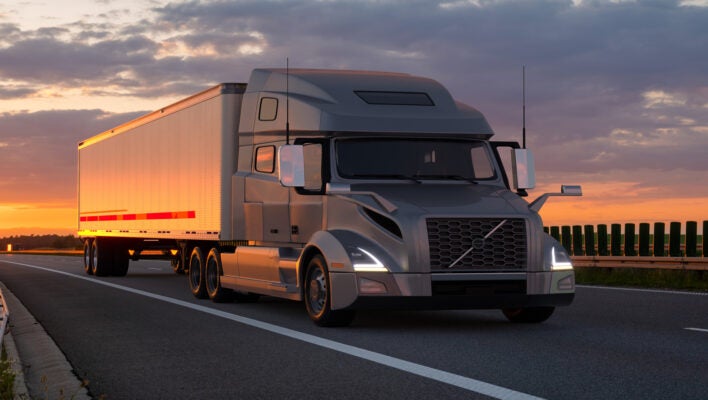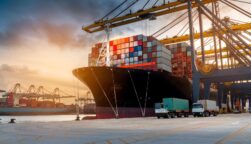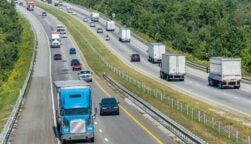Key takeaways
- President Trump has issued 25% levies on heavy-duty trucks, which are set to come into effect this week.
- Aimed at protecting US businesses from “outside interruptions,” the tariff could actually have a damaging impact on the logistics sector.
- It’s expected that figures inside the industry will push back against the latest levies, following similar opposition in May.
A 25% levy on heavy-duty trucks that was introduced by President Donald Trump last week officially comes into effect this week. The levy forms part of a sweeping series of import tariffs, which also includes 100% duties on patented drugs and 50% levies on kitchen and bathroom cabinets.
The President unveiled the new measures on Truth Social, writing that the truck tariffs would insulate US manufacturers against “unfair outside competition.” The latest measures have arrived during a relative lull in Trump’s ongoing trade war, which has characterized his second term in office.
In recent months, Trump has sought to make life easier for the domestic trucking industry. The passage of his One Big Beautiful Bill in July 2025 has led to deductions in equipment cost for logistics businesses, among other things. These latest measures could deliver a healthy shot in the arm as reality continues to bite for freight firms across the country.
Trump Levy on Heavy-Duty Trucks to Take Effect This Week
A 25% levy on heavy-duty trucks introduced by the President will go into effect on Wednesday. The levy is part of a wider series of tariffs that Trump announced via Truth Social last week, including 100% duties on patented drugs and 50% levies on kitchen and bathroom cabinets.
The tariffs are designed to help US businesses navigate uncertain financial waters, but in the short-term, they’ve created higher consumer costs, as well as introducing further strain to supply chains that are already stretched to breaking point.
 This just in! View
This just in! View
the top business tech deals for 2026 👨💻
The President wrote on Truth Social: “In order to protect our Great Heavy Truck Manufacturers from unfair outside competition, I will be imposing, as of October 1st, 2025, a 25% Tariff on all “Heavy (Big!) Trucks” made in other parts of the World.” He also drew specific attention to Peterbilt, Kenworth, Freightliner, and Mack Trucks, and how the levy would insulate them from “the onslaught of outside interruptions.”
Industry Pushes Back Against Heavy-Duty Levy
At this stage, it is not known which weight classes will be affected. However, the announcement does follow a Department of Commerce investigation to determine the “effects on the national security of the imports of medium-duty trucks, heavy-duty trucks, and medium-and heavy-duty truck parts.”
While the President has explicitly called out the need to eliminate “outside interruptions,” many of the biggest truck manufacturers in the US sell a high volume of products abroad. Thus, the levy could have a damaging impact on the logistics industry, which is already reckoning with the devastating impacts of an ongoing labor shortage.
In May, the American Trucking Associations (ATA) voiced truck tariff dissent, arguing that potential levies could bring a creaking industry to its knees. In a statement at the time, it wrote: “Heavy-duty tractors bought by US carriers only come from two places: the United States and Mexico. There are virtually no other countries that export finished heavy-duty tractors into the US market.”
Logistics Sector Feeling the Pinch
In 2025, the logistics business is facing unprecedented difficulties. Not only are freight firms struggling to recruit and retain drivers, but rising diesel costs and spiraling insurance premiums are eroding businesses’ bottom lines.
More and more, businesses are looking to technology as a silver bullet solution to their staffing and budgetary woes. Fleet management software and warehouse automation have been instrumental in saving money and boosting efficiency for freight firms across the country.
But if the industry is to turn the tide on the labor shortage, it will need to do more than simply raising salaries or investing in innovation. Retaining your fleet will require a greater focus on work-life balance, training and development, company culture, and more.




